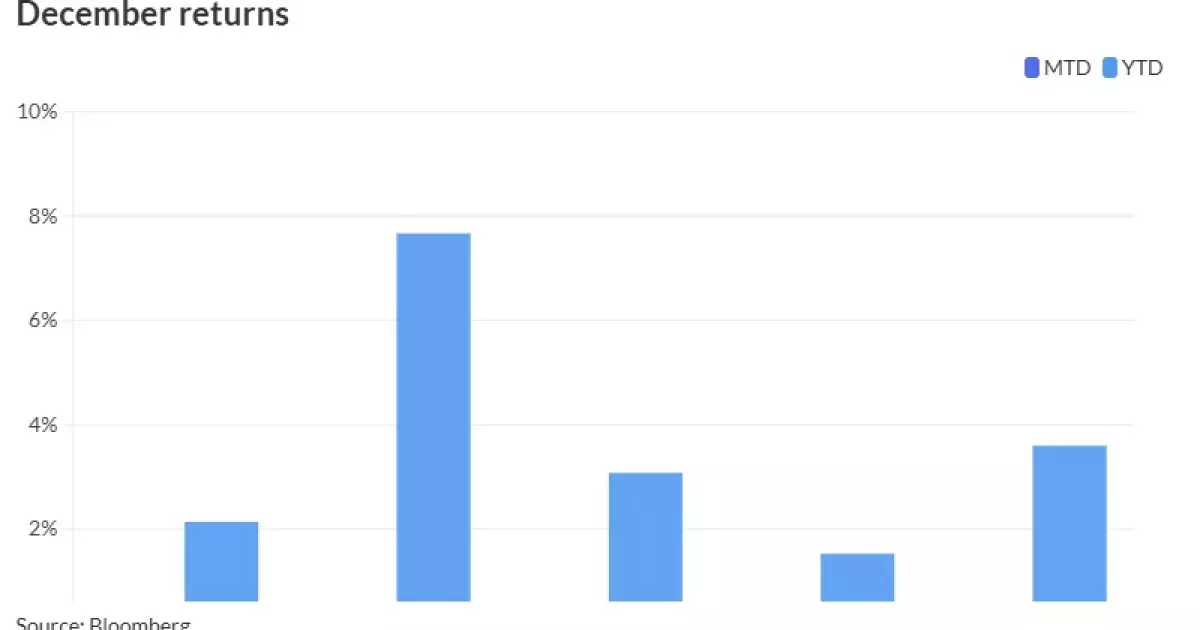The municipal bond market is currently experiencing dynamic shifts amidst an evolving economic landscape, characterized by a blend of selling pressures, varied yield movements, and contributor factors that could set the tone for the remainder of the year. As we analyze the latest trends and market movements, it becomes clear that the behavior of municipals relative to U.S. Treasuries (USTs) and corporate bonds reveals crucial insights into investor sentiment and market strength.
The municipal bond sector faced increased selling pressure recently, as evidenced by movement in yield scales and comparative performance against USTs. On a particular Friday, yields for triple-A rated municipal bonds surged by three to eight basis points, while USTs experienced a slightly more significant downturn of six to eight basis points. Notably, the performance of municipals remained relatively robust, exhibiting a degree of resilience even as overall returns dipped into the negative for the month of December, with the Bloomberg Municipal Index reporting a decrease of -0.40%.
This underperformance raises questions about the future trajectory of municipals. Despite the recent losses, the municipal bond market has shown a tendency to fare better than its corporate counterparts, with the latter reporting a cumulative return of -0.51%. Tax-exempt municipals, while experiencing headwinds, still demonstrate a better relative standing compared to their taxable equivalents, indicating a notable safety appeal to investors seeking refuge in uncertain times.
The relationships between municipal and UST yields are essential indicators of market health. The two-year municipal to UST ratio was noted at 61%, and these ratios increased for longer maturities, revealing a demand for longer-duration debt despite underlying market pressures. The demand for municipals appears to be driven not just by yield attractiveness but also by a general flight to safety amid anticipated monetary policy shifts.
As Mikhail Foux from Barclays highlights, the strong performance of tax-exempt bonds during a sell-off reflects the underlying strength of the municipal market. However, he cautions that a shift in investor sentiment may lead to an increase in bid-wanteds, signaling caution from buyers as they reassess their exposure. With bid-wanteds reportedly at their highest in over a year, we see a clear indication that investors are recalibrating their positions as year-end approaches.
The recent issuance of municipal bonds has exceeded expectations, with a year-to-date total of $493 billion—a staggering 32% increase year-over-year and a new record high. This flood of supply could potentially overwhelm demand and lead to additional selling pressure if there isn’t a balanced absorption by the market. With expected principal redemptions and coupon payments substantially high as well, we may be looking at a tighter liquidity condition as 2024 approaches.
In the upcoming week, the supply of new issues remains modest, with only around $2.5 billion estimated, dominated by the high-grade New York City Transitional Finance Authority’s issuance of $1.5 billion in future tax-secured bonds. With the marketplace projecting a slowdown in new issuance leading up to the holiday season, investors may find themselves in a relatively unobstructed space to maneuver.
The municipal market’s outlook is intertwined with broader economic indicators, particularly Federal Reserve policy moves. The current futures market is pricing in a potential rate cut in December and further interventions in early 2025. Analysts believe that if these expectations hold, we could see an extended rally in the bond markets, further influencing the attractiveness of municipal bonds.
However, caution is still warranted as several strategies recommend a more defensive position going into the new year. As Foux pointed out, while the potential for continued municipal strength exists, aggressive buying at current prices may not be prudent amidst high debt levels and changing interest rate dynamics.
The municipal bond market encapsulates a complex narrative driven by multiple factors, including performance relative to Treasuries, historical issuance trends, and investor sentiment. As we transition towards the close of the year, stakeholders within this asset class should remain sharply aware of evolving market conditions to navigate the challenges and opportunities that lie ahead.

